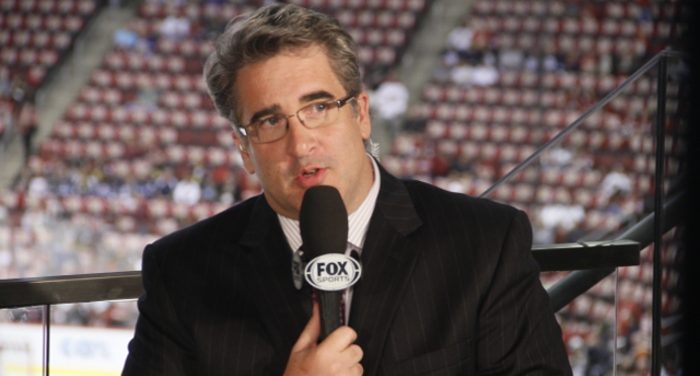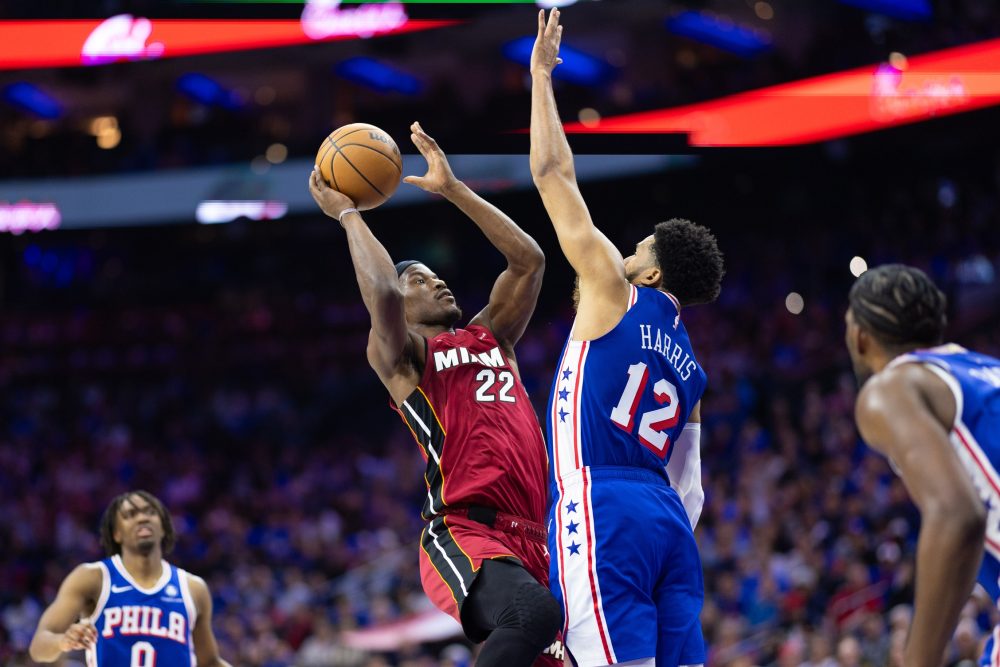Saturday’s ABC telecast of the game between the Florida State Seminoles and Clemson Tigers delivered a big number, and we’re not referring to the (1) next to Clemson’s place in the College Football Playoff rankings.
Saturday’s showcase game for the ABC/ESPN umbrella pulled in a 5.5 overnight rating while averaging 99,000 minute impressions for WatchESPN. The game was the highest-rated 3:30 Eastern time game for ABC since 2012, when Florida beat Florida State on Thanksgiving weekend.
The rating was the third-highest of the whole season across all networks, trailing only the Ohio State-Virginia Tech Labor Day opener and the primetime game from Saturday between LSU and Alabama on CBS.
The WatchESPN figures made Florida State-Clemson one of the five most-streamed regular season games in college football history, as measured by average minute impressions.
First, some obvious conclusions from this development:
A) TCU-Oklahoma State, in the same 3:30 window on FOX, became a lopsided game relatively early in the proceedings. This allowed the much closer Florida State-Clemson game to draw more sustained interest. Plenty of fans and bloggers were working their remotes between these two games; being the much closer game from the start, spiced with an early Florida State surge to get the “upset” vibe percolating, made this game such a magnet for ABC.
B) This game was played at a much faster pace than TCU-Oklahoma State. More runs, fewer incomplete passes, and a generally different style of play enabled Noles-Tigers to reach the fourth quarter just after 6 Eastern, well ahead of Frogs-Cowboys. This stagger added to the drawing power of FSU-Clemson in the 3:30 window. Iowa also began to create distance from Indiana in the other particularly important (College Football Playoff-related) 3:30 game.
C) People love seeing Florida State struggle — in victory or defeat.
D) With LSU-Alabama (and Verne and Gary) in the night slot, CBS did not have a heavyweight SEC game in the 3:30 window. (Black Rock obviously loved the huge number in the 8 Eastern window, but it did give ABC an opening at 3:30.) Arkansas-Ole Miss was fun, but it lacked the weight and significance of Florida State-Clemson.
*
Now, to the bigger questions, chiefly: Will this lead to more featured 3:30 games in the future?
On one hand, CBS — locking down the SEC in this time slot — experienced an atypical Saturday. When the SEC featured game is at 3:30, the idea of other networks putting up a game of similar quality might not be as simple as it looks.
On the other hand, college football regularly struggles with this larger issue of loading a bunch of meaningful games into one time window. Usually, the traffic jam occurs in the night (7-11:30) window, but sometimes, it occurs in the 3:30 window. ESPN/ABC has more inventory than CBS or FOX/FS1, of course, so in many ways, this is a question ESPN/ABC will face a lot more regularly than other networks.
A key follow-up question is this: If ESPN/ABC has a knockout No. 1 game to offer, how attractive are the second and third options? The answer is, in a sense, secondary to the question itself, because the logistical details, contractual constraints, and larger programming-based thought processes become very complex at this point. The value of the question lies in helping ESPN/ABC to determine whether it’s best to put a featured game at 3:30 with the No. 2 game at 8 and the No. 3 game at noon, or the No. 1 game at 8 with the No. 2 and No. 3 games both at 3:30, or the No. 3 game at 7 Eastern instead of 8 (on ESPN instead of ABC).
The quality of the various matchups, and the composition of the CBS schedule — not just the quality of ABC’s No. 1 game — influence the end product. For instance, many wondered why Minnesota-Ohio State got primetime this past weekend and not a bigger (or sexier) game. One reason is that the Pittsburgh Steelers played a 1 p.m. Eastern home game on Sunday, meaning that the Notre Dame-Pitt game had to be slotted at noon in order to properly prepare/replenish the playing surface at Heinz Field. Another reason is that with LSU-Bama on CBS in the 8 Eastern window, ESPN/ABC probably felt (with considerable legitimacy) that it wouldn’t want its best game to have to compete with the one game CBS regularly puts in prime time.
Is there a speculative quality to those statements? Sure.
Did those realities have at least something to do with the composition of the schedule? One can just as confidently say “yes” to that question as well.
*
What does the Florida State-Clemson rating mean for future college football time-slotting? I have my own opinions, but from a coldly analytical point of view, it’s hard to say this is a game-changer.
Matchups will be juggled from week to week. The balance and perceived quality of those matchups will remain an intricate art. Clutter in time slots will remain, given that none of the major networks seem inclined to move to less traditional time slots.
Scheduling will continue to be handled the way most of us deal with work: on a week-to-week basis.







Comments are closed.